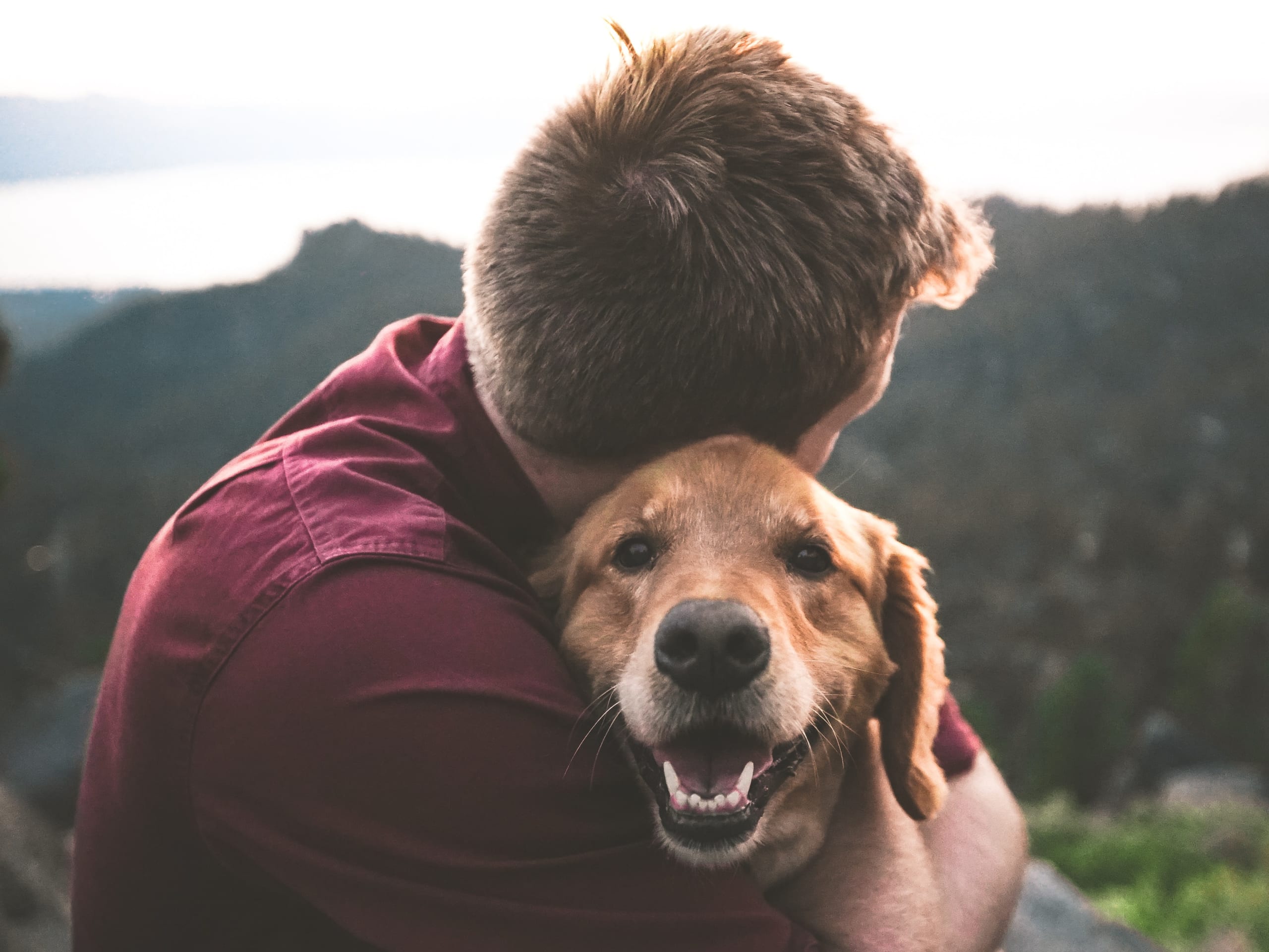Getting a new puppy is an exciting time. It can also be challenging, especially if you’re a new puppy parent. We asked professional dog trainer, behavior consultant, dog lifestyle expert, and founder of From Dusk Till Dog, Erika Gonzalez, for top tips every new puppy parent should know. Ready, set, go!
What breed is your puppy?
To come up with a care plan that best suits your puppy’s needs, take a look at their breed mix. Think about the size, energy level, and trainability of their breed mix. For example, if your puppy is a high-energy breed you’ll want to be able to schedule plenty of time for playing and walks. If their breed is known for being highly food-motivated, stock up on training treats (but make sure you’re feeding your puppy correctly). Every dog benefits from fundamental training and socialization, but certain breed quirks can help you level up your puppy’s training if you use them to your advantage.
Did you know that toy breeds have been selectively bred for a smaller size, sometimes over hundreds of years? Scientists have identified almost 20 genes associated with a smaller size in dogs, and there may be more to be discovered.
Chews and toys are great for mental stimulation
Most people know to pick up a few toys for their dog to play with, but there is so much more to consider. Dogs need daily mental stimulation, just as much as they need physical exercise. Having a good tug toy or plush squeaker is always great, but you should also be equally considering puzzle toys, food dispensing toys, and interactive toys as well. Chews are also really desirable for dogs and should be given when appropriate. It’s important to strategize when your dog gets them. For example, if your puppy or dog seems to get into trouble when you are prepping meals or sitting down to eat, this is a great time to strategically provide them with a stuffed food toy that will keep them busy for a while and out of trouble.
Consider your dog’s exercise needs
Generally speaking, dogs have a lot of energy and need daily physical exercise. This means you need to prepare yourself to spend time every day going on walks (preferably ones where you let your dog sniff as much as they’d like). Providing some fun games and activities in the yard or at the park can work as well. Remember, some breeds need more exercise than others (see point 1).
Early socialization is key
The prime socialization window for puppies is around 14-16 weeks. For the best impact, you want to positively expose your puppy to encounters with other dogs, people, children, etc, before 16 weeks of age . For those getting puppies or dogs older than 16 weeks of age, exposing them to positive interactions is still important but you may need to rethink what socialization means. Adolescent and adult dogs tend to already have set feelings about things or may be apprehensive about new stimuli in their environment. It is important to keep things as positive and fear-free as possible to ensure you don’t stress your dog out.
Learn how to read dog body language
One of the most important ways you can assist your dog in having positive experiences and socializing them more successfully is to learn dog body language. Most people know the obvious signals such as growling or snapping, but there are many clues people do not see or understand that are happening before the obvious. A common adage among dog trainers is “It’s best to understand our dogs’ whispers so they don’t have to yell.” Dogs communicate mainly by body language, so the more you know about that, the better you’ll be able to communicate with your dogs.
You can fully train your dog using positive reinforcement
Whether you are working on a training cue like come when called or sit and heel, any lesson can be taught properly using positive reinforcement techniques. Not only are positive methods scientifically proven to work in all kinds of situations, but it enhances your bond at the same time. You never have to scold, scare, or intimidate your dog to communicate with them. It is up to people to help dogs navigate our weird human world. The best way to do that is by training positively and approaching our interactions with compassion.
Enter your email to download these tips in a PDF along with FREE new puppy checklists.














